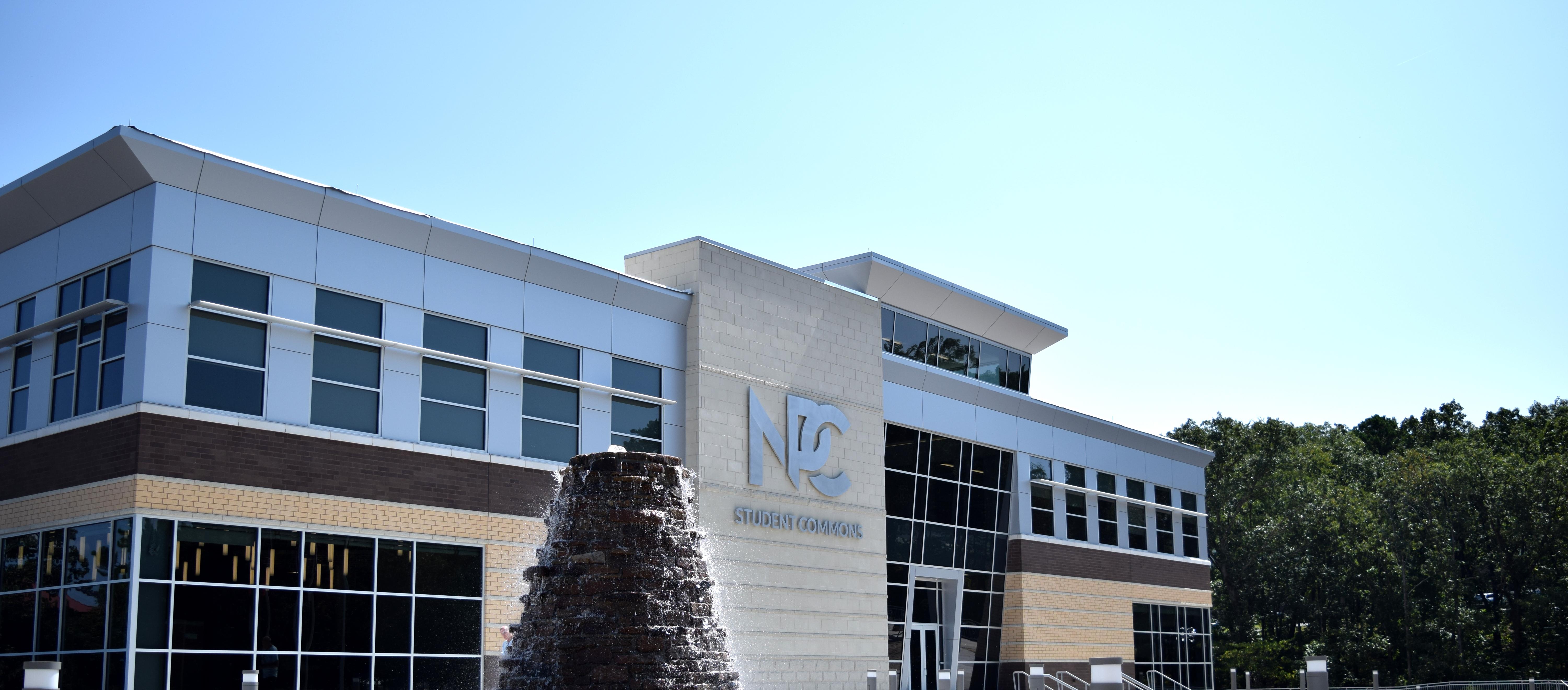| |
Dec 01, 2025
|
|
|
|
|
BIOL 2234 - Anatomy & Physiology II* 4 Credits
Continuation of BIOL 2224 - Anatomy & Physiology I* . Topics include circulatory, respiratory, digestive, urinary, and endocrine and reproductive systems, fluids and electrolytes.
Lab Fee.
Prerequisite: BIOL 2224 - Anatomy & Physiology I* with “C” or better grade earned within the last 7 years
Course Level Objectives
Upon successful completion of this course, the student will be able to:
1. Identify and characterize the components of blood and all its cell types, and the steps in formation of blood cells and components. (GEO 3)
2. Utilize laboratory tests to assess the blood. (GEO 2, 3 )
3. Apply knowledge of the anatomy of the heart, the role of the heart in the circulatory system, and heart mechanics and physiology. (GEO 2, 3)
4. Recognize the anatomy and function of all vessel types and their role in blood pressure and flow. (GEO 3)
5. Identify the structure of the lymphatic system and its role in the immune and cardiovascular systems. (GEO 3)
6. Recognize the overall architecture of the immune system, its divisions and their components, and its normal and abnormal functions. (GEO 3)
7. Identify the anatomy of the respiratory system and its physiology and role in acid/base balance. (GEO 3)
8. Apply knowledge of the anatomy and physiology of the digestive system. (GEO 2, 3)
9. Apply knowledge of metabolism and the role of enzymes in its processes. (GEO 2, 3)
10. Identify the macroscopic and microscopic anatomy of the urinary system, urinary physiology and its role in acid/base balance, fluid balance, and long-term blood pressure control. (GEO 3)
11. Apply knowledge of acid/base balance, fluid balance, and electrolyte balance in the body. (GEO 2,3)
12. Recognize the anatomy and physiology of the reproductive system. (GEO 3)
13. Identify all hormones and their functions in the endocrine system. (GEO 3)
14. Perform hands-on science laboratory experiments and dissections, and properly care for and maintain laboratory equipment. (GEO 3)
15. Use computer technology/software to enhance the Anatomy and Physiology learning experience. (GEO 3)
16. Read, summarize, and make personal conclusions/comments on newspaper, journal and internet articles within the realm of Anatomy and Physiology. (GEO 1, 2, 3)
17. Collaborate effectively in diverse laboratory or course groups. (GEO 4)
ACTS Equivalent Course Number: BIOL 2414
Add to Portfolio (opens a new window)
|
|

